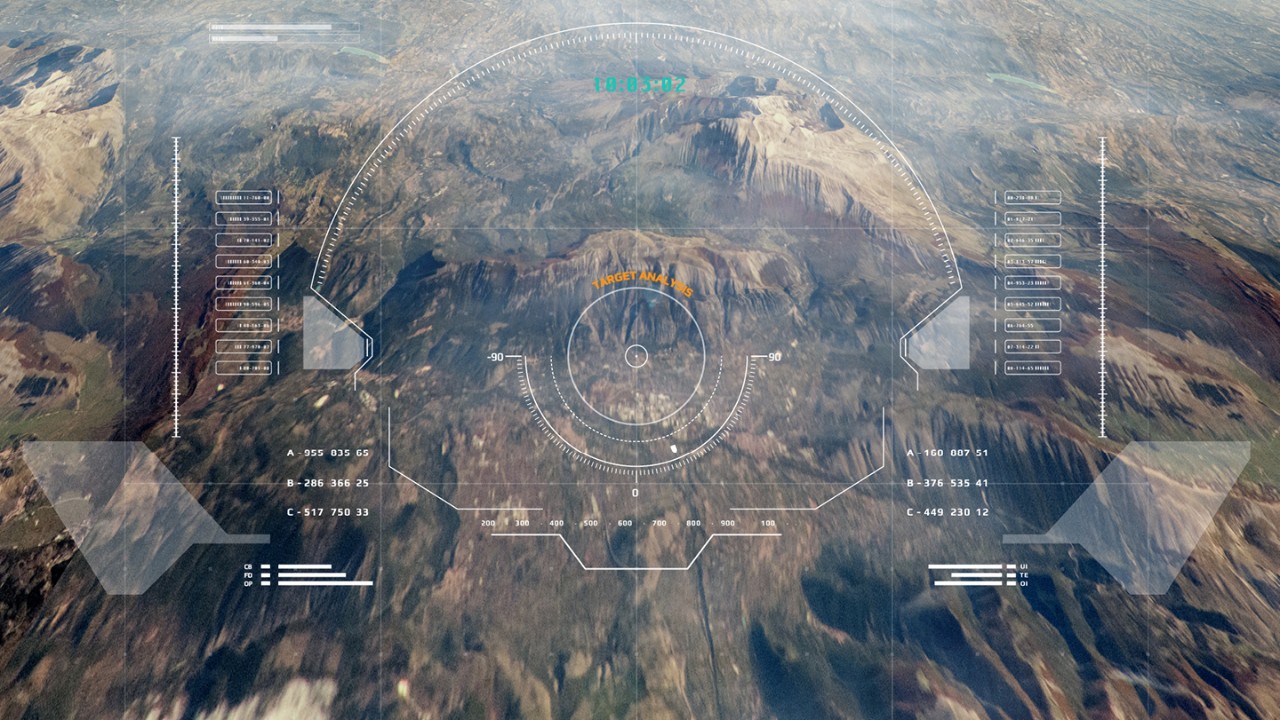
Scalable innovation delivers the information advantage
To stay ahead of near-peer adversaries, the Department of Defense (DOD) must accelerate the pace of technical decision-making—and that means fusing data across all domains. Digital engineering enables DOD to develop, test, and manage modern weapon systems with integrated data across the entire lifecycle, from design through production and sustainment. The practice also creates a technical baseline allowing DOD to own the future of military innovation.
Digital Engineering Capabilities for Defense Modernization
Digital engineering refers broadly to the practice of using 3D modeling tools for functions from design to testing, modernizing, and maintaining systems. It’s an umbrella term that encompasses model-based systems engineering (MBSE), modeling and simulation, and computer-assisted design.
Applying digital engineering in an open-architecture system with unified data and advanced analytics, stakeholders can generate insights to accelerate decision-making. Digital modeling offers transformational capabilities such as:
- Seamless data integration. MBSE and related disciplines unify diverse data streams into one model to provide a single source of truth. With all decisions recorded in one place, digital tools can instantly reflect changes across all aspects of the system.
- A consistent technical baseline. As the authoritative source of data, the model generates documentation and other engineering artifacts that allow technical teams to move forward with a trustworthy reference source. In addition to eliminating errors, digital engineering removes the need to check for consistency between models and documents—just as one would not need to check a digital and printed copy of the same document.
- An agile, testable ecosystem. Digital architectures create unified ecosystems which can be pivoted and filtered for different scenarios, serving a spectrum of stakeholders. For example, a model’s data can inform the team that’s designing a new system as well as the logistics experts who will maintain it. Moreover, engineers can link and integrate different tools to create a digital twin environment. Tests applied to the digital replica will generate rapid results without risking damage to the virtual twin’s physical counterpart.
Benefits of Digital Engineering for Weapon Systems
Our digital engineers modernize multiple defense and intelligence systems, so they have first-hand knowledge of the advantages of digital modeling. We use MBSE to enable a continuous cycle of building, testing, and deployment that delivers:
- Insights for decision-making. Applying analytics to models takes the guesswork out of capability planning and scenarios.
- Faster development. Digital tools allow the military to develop rapid prototypes and modernize systems faster. Moreover, digital models ensure design stability within agile sprints.
- Lower maintenance costs. Data-driven analysis allows sustainment teams to project the cost and effectiveness of proposed innovations and compare options faster. In addition, digital engineering simplifies management of the architecture of the fielded system.
- Freedom from vendor lock. Owning the technical baseline allows DOD to try out new ideas with plug-and-play flexibility, using open application programming interfaces (APIs).
- Streamlined tech insertion. Maintaining a relatively static functional architecture allows advanced analysis to assess emerging technologies for mission impact and evaluate size, weight, power and cost (SWaP-C) tradeoffs.
Supporting Agile Development and Sustainment
As part of the techno-centric revolution in military affairs, DOD employs MBSE along with concepts like agile software development and open architecture. Digital engineering provides innovation across the life of a weapon system, such as the advantages below.
- Benefits for development—Precise digital models enable an agile approach with a spiral “start and grow” mindset. Developers can continually adapt an innovative concept, testing and improving it. Once it’s ready for fielding, DOD can efficiently integrate it across key segments of the force.
- Advantages for sustainment—Technologists can manage the as-fielded architecture in the model, allowing the military to probe for vulnerabilities and test ideas. New technologies can then quickly be pushed to the tactical edge.

